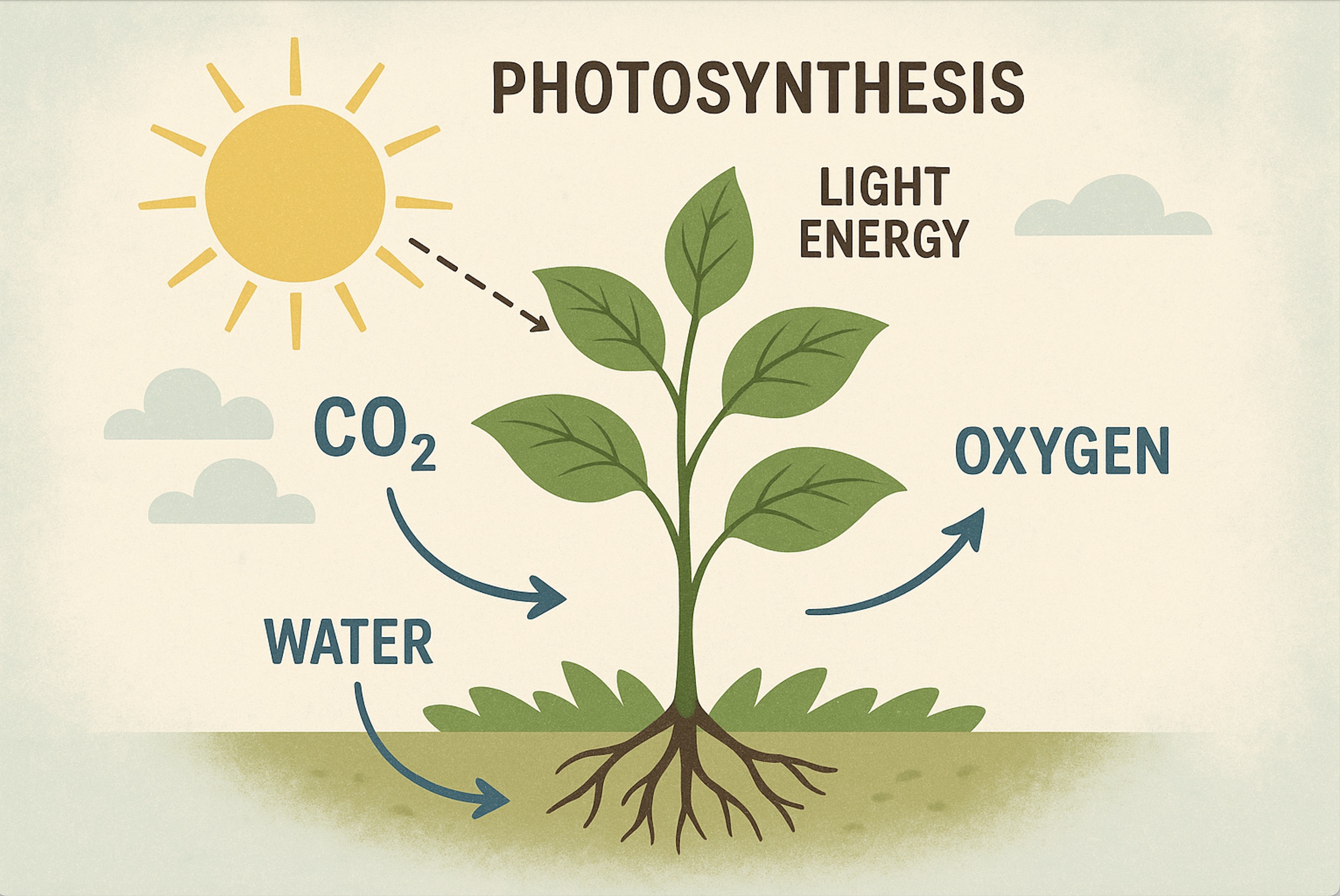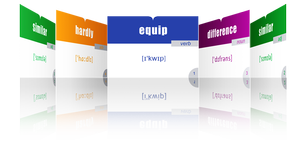The process of Photosynthesis
- Подробности
- 43
Photosynthesis happens when plants use sunlight in their leaf chloroplasts (with chlorophyll) to convert carbon dioxide and water into glucose, and—under the action of light-driven reactions—they release oxygen.
Why are plants green and why do they grow?

Photosynthesis is when plants make their own food, an organic substance, from non-organic things. They take water, sunlight, and carbon dioxide and make an organic substance, namely glucose, and they also release oxygen.
This is how it works.
Roots absorb water from the soil and send it up the stem to the leaves. The leaves are green because they have chlorophyll in them. Chlorophyll is a green pigment inside chloroplasts. Chloroplasts are tiny green bodies that do photosynthesis.
So chloroplasts take water, sunlight, and carbon dioxide and photosynthesize food for the plant — organic compounds, namely glucose, and they also release oxygen.
Glucose is needed for the plant’s growth and for making fruits and seeds.
Plants are very important because all animals, including humans, breathe oxygen, and plants make oxygen. Herbivores in turn eat plants, and predators eat herbivores.
Without plants there would be no life on Earth.
LISTEN TO THE TEXT




